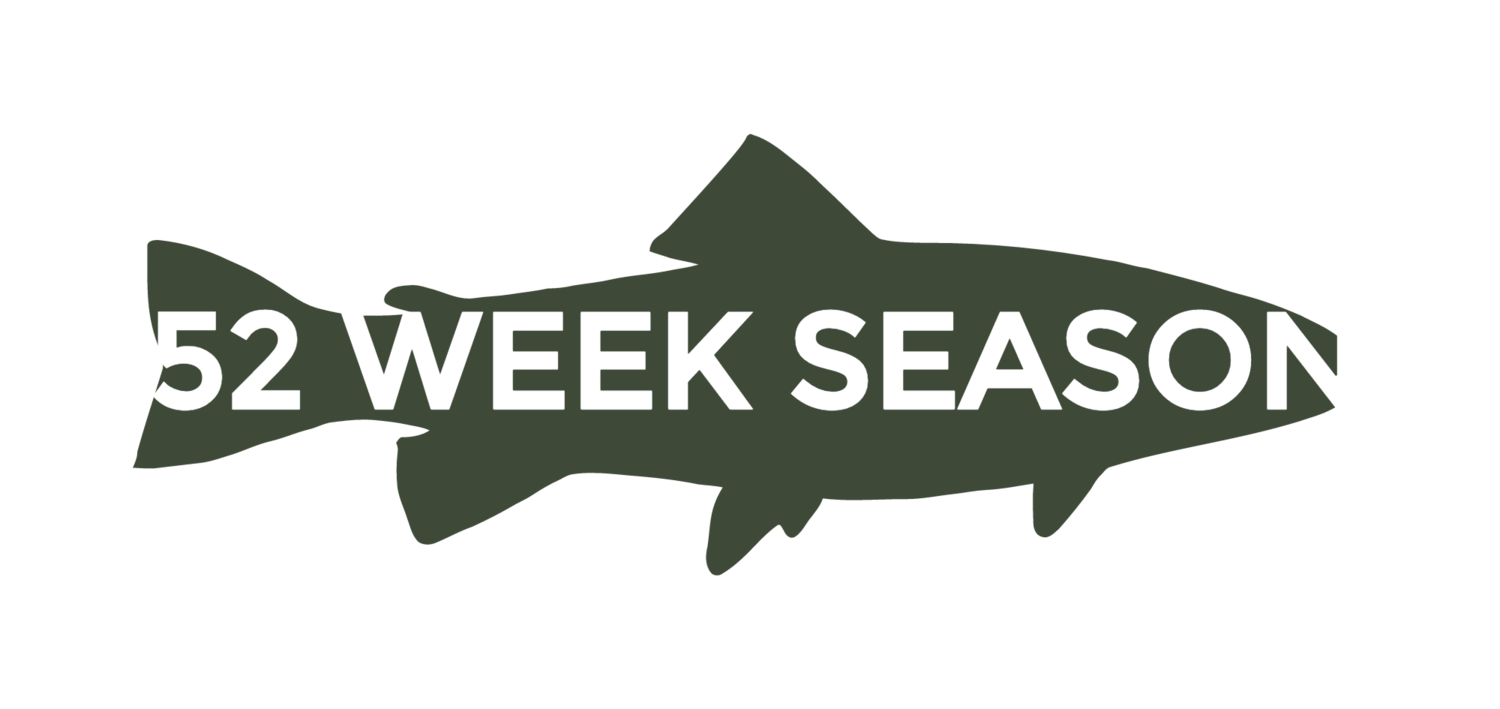Week 2. Shawn Kimbro: Chesapeake Light Tackle
Ask Shawn Kimbro about any spot in the Chesapeake, and he’ll likely tell you tell you how the water moves there, its structure, how fish move in and out and feed, and other unique characteristics — oh, and of course, usually a good story about the time he caught a lunker there.
Shawn writes Chesapeake Light Tackle about fishing the Bay and specifically about bringing light-tackle largemouth-style techniques to big water. He also has written two books, Chesapeake Light Tackle, An Introduction to Light Tackle Fishing on the Chesapeake Bay and more recently a follow-up, The Right Stuff, Gear and Attitudes for Trophy Light Tackle Fishing.
His expertise originally came from fishing the TVA lakes of East Tennessee and adapting the techniques he learned there for stripers on the Bay. My Dad and I have heard him speak before, and smart anglers habitually check his fishing reports.
Shawn and I traded emails in early August when he was gracious enough to take some time away from catching fish to share some of his favorite tips, techniques, and traditions for all four seasons.
Below are my questions in bold about his approach for all four seasons, followed by his answers.
You've fished all over the region and country. What would you say are some of your “home waters”?
I'll always consider my "home waters" Cherokee Lake in East Tennessee. I grew up working at docks there and it's where I learned to fish for striped bass and other species. I always look forward to going back.
Currently, I feel most at home when I'm fishing the Chesapeake Bay Bridge. I dedicated an entire chapter in my first book about fishing there and I almost always mention the area of the bridge I nicknamed "Light Tackle University" in my talks and seminars because it's one of the best places on the Bay to refine the craft of light tackle fishing.
How do your fishing techniques change by season?
Spring
Since we are targeting trophy stripers in the Bay in the colder months, I'm usually casting larger lures, specifically ten-inch soft plastic baits. During the winter, the big fish are usually chasing big bait like perch and shad, so I want to show them what they're looking for. I'll cast big baits up until after the spawn in April.
After the spawn, I'll size down my plastics to six or seven-inch and I typically use lighter jig heads like three quarter or one ounce.
Since I work in Washington DC, I like to fish for shad in the Potomac River in the spring. When the redbuds start to bloom, the shad are usually running and by the time the Cherry Blossom Festival starts, the bite is very good.
Summer
When the bluefish arrive in the summer, I'll switch over to new-generation polymer lures like the Z-Man brand because they can't bite them in two as easily.
I always look forward to the arrival of Spanish Mackerel around Kent Island and Eastern Bay. That usually happens in late August and it's water temperature related. When temps get into the high 80s, it's time to start ripping a metal lure through schools of breakers for the fast-swimming macs.
Fall
In fall there are bigger fish cruising the shorelines looking for needlefish and other larger baitfish. Fall is topwater time for me and I'm almost always working a grassy shoreline somewhere in an Eastern Shore river for big fish in shallow water.
Winter
I'm either fishing shallow flats where the water is warmer, or looking for trophy stripers around the warm water discharges of the Mid-Bay, Potomac, or Patapsco rivers. As I mentioned earlier, I'm casting bigger baits in the winter because that's when the trophy fish are looking for bigger bait.
This is also the time of year when my sons and I spend a lot of time in my shop pouring jig heads and making lures.
What are some of your favorite annual fishing traditions?
The first yellow-perch meal of the spring is always a favorite. I also love smoking bluefish. A lot of fishermen wait for breaking blues in mid-summer before they start catching them, but I target them earlier on structure because I really enjoy the summer tradition of taking my time out on my back deck and smoking them low and slow.
I guess my favorite tradition is fishing with my family and especially my sons and grandkids. Since they live in Tennessee, they don't get to the Chesapeake very often, and we always spend a great deal of our time fishing, talking about fishing, or making lures and preparing for our next fishing trip.
~ Patrick Ottenhoff, 52 Week Season ~




